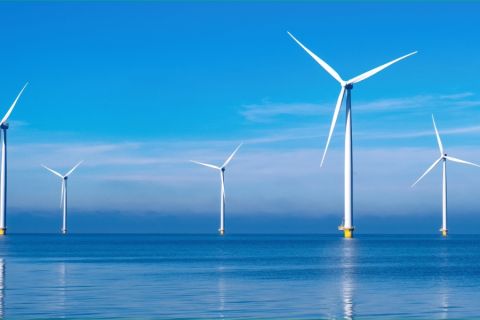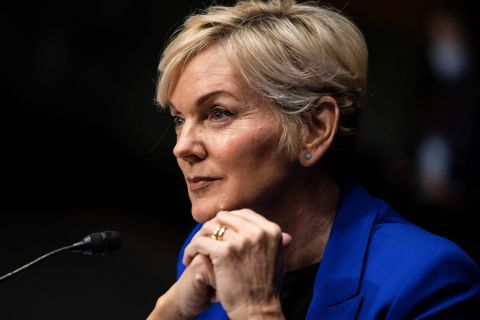Despite recent signs that the U.S. economic recovery is losing momentum, the oil and gas (O&G) industry’s forward-looking vision supports its strong appetite for growth, particularly in the midstream market.
Expansion of infrastructure for processing and transporting oil, natural gas and natural gas liquids continues to be vibrant. The Interstate Natural Gas Association of America estimates that the U.S. and Canada will need to spend $83.8 billion to build and expand midstream infrastructure to support the surge in shale oil and gas production.
According to a recent survey of the O&G industry at-large, companies are preparing to meet this demand and are focused on growth. In fact, 56% of industry respondents told Ernst & Young’s Global Capital Confidence Barometer that growth is their top priority, as opposed to the many who declared maintaining stability a predominant theme between 2009 and 2010. Almost a quarter of those companies are pursuing mergers and acquisitions to gain share in new and existing markets, leverage distribution networks and reduce costs, according to the survey.
Deal financing
Some survey respondents with significant cash on their balance sheets are deciding whether to return this cash to shareholders in the form of dividends or share buybacks, allocate it to value-creating investment opportunities or maintain cash reserves. In general, they are more likely to channel their excess cash into organic and inorganic growth, taking advantage of burgeoning new sources of supply.
Although abundant cash is a driver behind the focus on growth, O&G companies are not expecting to lean heavily on existing funds as a source of deal financing. According to the survey, about half of the companies planning on acquisitions expect to use debt to finance deals, up 30% over six months since the October survey. Financing deals with cash is fast and easy, but lower rates and better availability of debt financing are encouraging the use of debt.
And now that interest rates have been at historic lows for some time, companies are looking at opportunities to optimize their capital structures and reduce their overall cost of capital through rebalancing debt and equity levels, increasing debt maturities or shifting short-term bank lines of credit to other forms of debt finance, such as private placements.
Caution signs
While most of the ingredients necessary for a deal recovery are now in place—plentiful cash reserves, adequate credit availability and rising economic confidence—the merger and acquisition (M&A) market continues to be restrained by conservatism. According to the survey, the most common reasons for not pursuing deals include low confidence in the broader business environment and limited deal execution and integration capabilities.
O&G executives also remain concerned about the economic outlook and its effect on commodity price volatility. In the U.S., signs that job growth, manufacturing and business investment weakened in the second quarter have boosted concerns about the sustainability of the economic recovery. A potential repoliticization of energy in the run-up to the presidential election could also have an impact.
On the positive side, M&A fundamentals are becoming more favorable, particularly as the valuation gap between buyers and sellers narrows. Survey respondents believe the number of deal opportunities is increasing and the quality of the potential targets continues to improve. They also believe the likelihood of closing deals is greater than it was six months ago.
Over the next 12 months, the number of potential sellers is expected to increase as divesting non-core assets shifts from contingency to core strategy.
Capital agenda shift
Overall, Ernst & Young’s latest Global Capital Confidence Barometer survey shows how O&G companies have shifted their approach to capital agendas. Whereas preserving capital had been their focus for some time, the stance on capital allocation today has shifted to a more positive posture. The industry today is standing tall, poised to invest and optimize capital and is positioned to take advantage of growth opportunities and respond to future demand.
The Capital Confidence Barometer is a semiannual survey of senior executives intended to gauge corporate confidence in the economic outlook. More than 1,500 executives participated in the overall survey, with 141 representing the O&G industry. The complete Capital Confidence Barometer report can be found on www.ey.com/oilandgas.
Recommended Reading
US EPA Expected to Drop Hydrogen from Power Plant Rule, Sources Say
2024-04-22 - The move reflects skepticism within the U.S. government that the technology will develop quickly enough to become a significant tool to decarbonize the electricity industry.
From Satellites to Regulators, Everyone is Snooping on Oil, Gas
2024-04-10 - From methane taxes to an environmental group’s satellite trained on oil and gas emissions, producers face intense scrutiny, even if the watchers aren’t necessarily interested in solving the problem.
Oil, Gas Production Fee Set to Hit Colorado Producers
2024-05-01 - The deal reached this week will eliminate several proposed ballot measures targeting the fossil fuel industry ahead of this year's election, including one that would have halted drilling in summer months.
US Interior Department Releases Offshore Wind Lease Schedule
2024-04-24 - The U.S. Interior Department’s schedule includes up to a dozen lease sales through 2028 for offshore wind, compared to three for oil and gas lease sales through 2029.
CERAWeek: Energy Secretary Defends LNG Pause Amid Industry Outcry
2024-03-18 - U.S. Energy Secretary Jennifer Granholm said she expects the review of LNG exports to be in the “rearview mirror” by next year.



